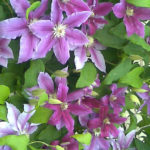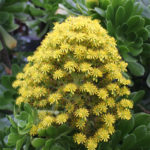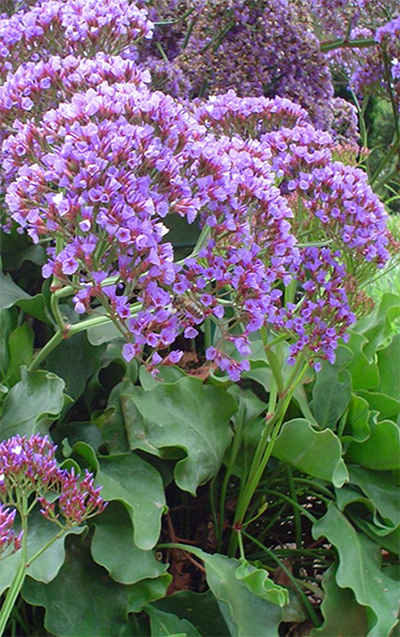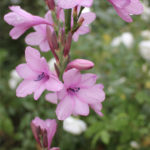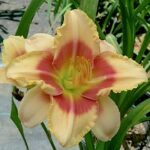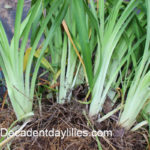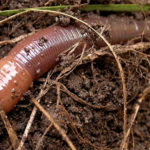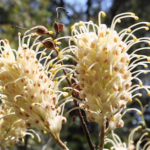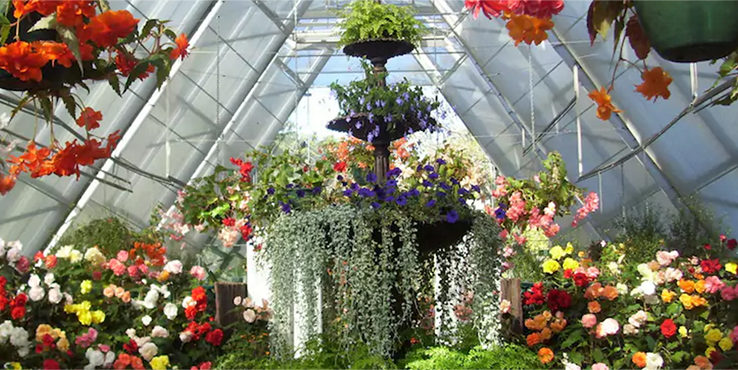
Begonias Plant Care
Begonias Plant – Types Of Begonias How To Plant And Grow Them
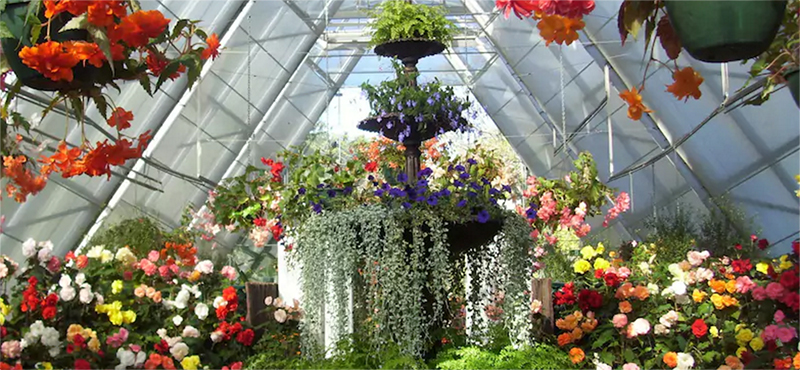 Begonias are succulent perennials belonging to the Begoniaceae family. This diverse group of the plant is well-known for its attractive foliage. Some varieties produce showy blooms as well. Begonias naturally belong to tropical and subtropical regions and hence are a perfect option for gardens in Australia. They are ideal for exterior gardens as well as indoor plants. Many varieties can do well in shaded areas and some of them can thrive well in full sun. Begonias can grow 15cm to-2 m tall and comes with bronze to green coloured leaves and with different flower colours. Pruning is needed to keep the plant in shape and not growing leggy. Begonias plants cannot tolerate frost and do not like the cold weather this means they should be protected from all types of cold weather. If you live in a cold climate with frosts your potted Begonia plants should be kept indoors or in a glass house or conservatory. These Begonias are complemented here with Dichondra silver falls plant, spilling over the edge of the 3 tiered concrete planter. Photo
Begonias are succulent perennials belonging to the Begoniaceae family. This diverse group of the plant is well-known for its attractive foliage. Some varieties produce showy blooms as well. Begonias naturally belong to tropical and subtropical regions and hence are a perfect option for gardens in Australia. They are ideal for exterior gardens as well as indoor plants. Many varieties can do well in shaded areas and some of them can thrive well in full sun. Begonias can grow 15cm to-2 m tall and comes with bronze to green coloured leaves and with different flower colours. Pruning is needed to keep the plant in shape and not growing leggy. Begonias plants cannot tolerate frost and do not like the cold weather this means they should be protected from all types of cold weather. If you live in a cold climate with frosts your potted Begonia plants should be kept indoors or in a glass house or conservatory. These Begonias are complemented here with Dichondra silver falls plant, spilling over the edge of the 3 tiered concrete planter. Photo
Planting Begonias
As there are many varieties of begonias, it is necessary to understand the planting requirements. The varieties of begonia with dark undersides thrive well in shaded areas. If the underside of the leaf is light coloured, they require a moderate amount of sun. This plant needs soil, which is acidic with a pH between 5.5 -6.5. The soil should be free draining. Adding compost or organic matter can improve the drainage. The soil should be moist and not wet. You can feed the begonias by adding slow releasing fertiliser to the soil or potting mixture. Water the plant when the top soil is dry. Regular pruning of the begonia plants helps to achieve the right shape and size, you can remove about two-thirds of the canes annually.
How to Propagate Begonias?
Begonias are plants that are very easy to propagate. You can use stem cutting or leaf cutting to propagate the plant. If you are using stem cutting, remove the lower leaves from the cutting and directly plant them in propagating mix. You can use rhizome cuttings or leaf cutting to propagate rhizomatous varieties. Take the wedge-shaped cutting of leaf with the main vein. Plant the leaf cutting into the propagating mix with the vein pointing downwards. The best time to divide the plant for creating new plants is during spring.
Types of Begonias
Some of the popular varieties of begonias are discussed here
- Rex Begonia also known as king begonia is largely grown for the spectacular and distinctive brightly coloured leaves and leaf shapes and textures in many pattern colours. Some leaves have a metallic sheen which is very eye catching. They can be grown in pots or baskets in well-lit areas inside the house with plenty of humidity. The blooms of the rex begonias are small and insignificant.
- Tuberous begonias have colourful blooms and love cool, shady areas in the garden. There are erect varieties as well as cascading varieties. Erect begonias can be planted in pots and cascading ones are suitable for hanging baskets.
- Rhizomatous begonias have leaves with interesting shapes and patterns. Some of them have hairy leaves. Rhizomatous begonias are extremely drought tolerant.
- Bedding begonias or wax begonias are well suited as border plants or as pot plants. The flowers can last one season and are available with red, pink or white flowers and green or purple coloured leaves.
- Cane stem begonias have straight stems which can grow to a height of 2 metres. They have showy pendulous flowers which can last from midsummer to late autumn.
You can see beautiful Begonias on display (free entry) to the Ballarat Begonia Festival Victoria is open to the public on Victoria Labour Day Long Weekend each year around the second week in March. See here for the correct dates.


